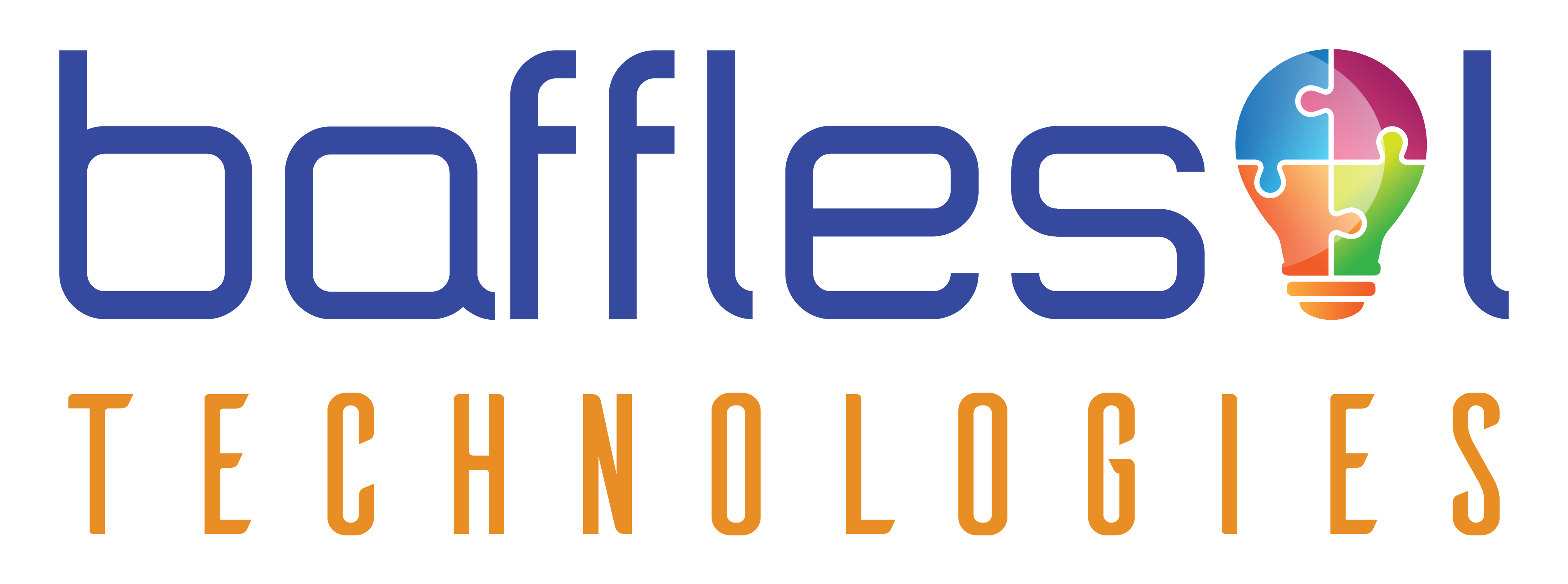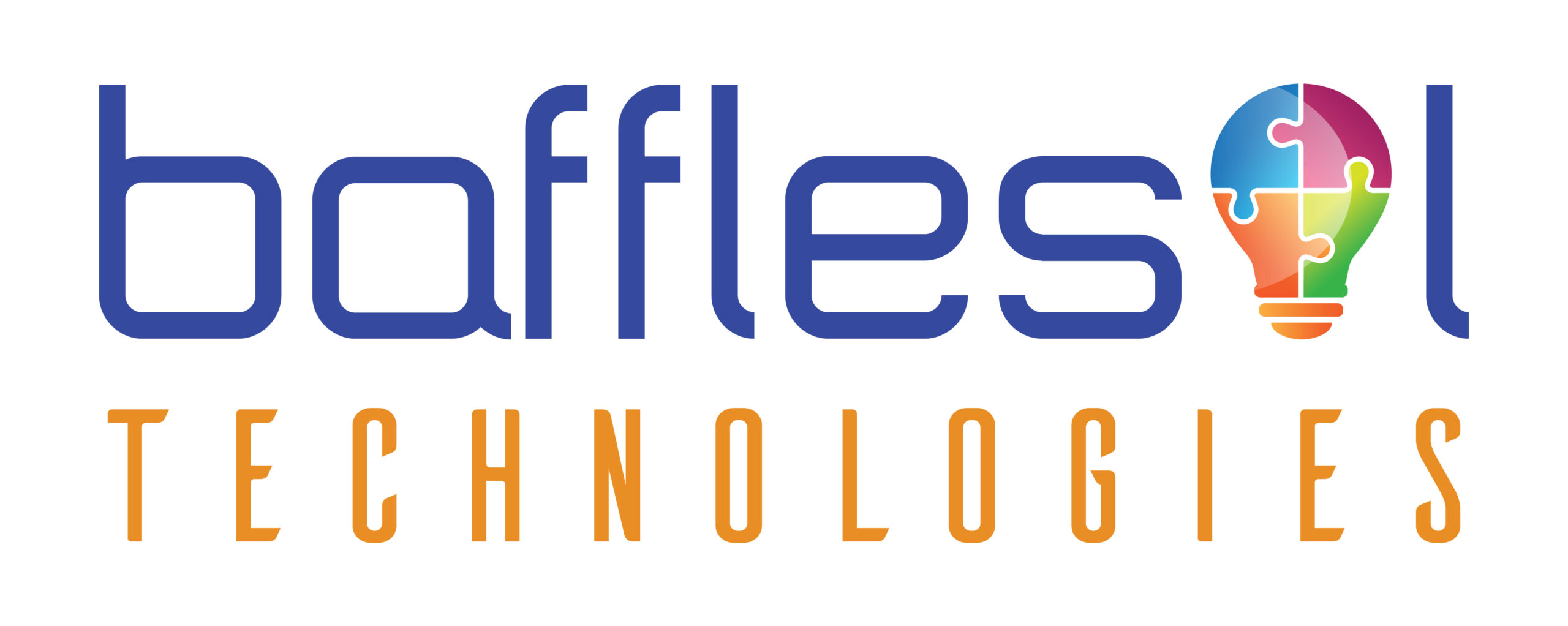Digital transformation is crucial for business survival. According to 2020 statistics from Gartner, 91% of organizations have initiated some form of digitalization, while 87% of senior business leaders feel digitalization is a priority.
But transitioning to digital technologies and services is different for every enterprise. No cookie-cutter approach works. And only some deployments bring success. A McKinsey survey found that half of the C-suite executives reported less profit than expected from their digital transformation efforts. This means organizations must consider every detail of a digital transformation initiative – who is impacted by the change, how people will react to the change, how it impacts customer relations, total cost, how it will align with business goals, and so forth.
But all of that is easier said than done – according to digital transformation statistics, 70% of digital transformation programs fail due to either employee resistance or lack of support from management.
Here are a few challenges that hamper the success of digital transformations and what should be done to address them:
Long-term planning with short-term migrations: For many enterprises, digital transformation is an evolution involving several strategies, tools, and services. Today technology needs of enterprises move too fast ever to be a perfect and complete tech stack. Enterprises should focus on individual deployments and consider how new tool choices help in the company’s long-term plans. By acknowledging that digitalization is a volatile and evolving migration, you’ll have a better chance of success and adoption.
Lack of change management strategy: Organizations with a detailed change management plan and strategy are more likely to meet digital transformation objectives. A lack of a strategy is a step towards implementation failure.
An effective change management strategy involves planning a project by identifying the root causes of issues, stakeholders impacted by the issue, and technical touchpoints to build relationships with all stakeholders and employees. You can begin to formulate your change management strategy with a change management plan template to get started. Using a template gives us one place to store all your change management information and will boost your efficiency by offering business analytics.
Ensuring Both Agility And Productivity: A big challenge is the assortment of technology choices. You need to ensure that decision-making is as decentralized to drive agility. This can be achieved by blending precise information & outcomes and tech stack governance principles and KPIs with an organizational structure with well-defined roles.
Reskill and upskill the workforce: Getting the workforce to embrace new tech and processes is a huge challenge. Hence, upskilling and reskilling the workforce is very important. McKinsey’s study shows that only 42 out of 100 IT employees are fundamentally retrained. Reskilling these hirelings would provide businesses with a head start on their journey towards digital transformation at a lower cost and effort than hiring new ones.
Managing Cybersecurity: As companies adopt hybrid working, security is one of the most critical challenges. Leaders can never assume their cybersecurity management is stringent. Cybersecurity needs to be managed the same way as a product development lifecycle—it is never finished and needs an iterative approach. Cybercriminals are constantly changing and evolving, and so should security controls.
Enabling Cross-Functional Collaboration: Tech leaders must ensure communication and collaboration amongst cross-functional departments. Technology and digital transformation teams need to ensure a smooth knowledge transfer, use case & business requirement identification. Have an experienced program manager to ensure impediments are resolved well during gap analysis and assessment to eliminate the burden on day-to-day resources and ensure timely demos for multiple stakeholders to showcase progress and build trust.
As the essence of digital transformation projects, leaders must adapt and compete in a global, digital world; innovation and change must happen. But technology is changing rapidly and continuously, and being agile means not being afraid to divert and taking advantage of opportunities when they arise – but being lean simultaneously. Be open to embracing new processes and tools or changing traditional practices to new ones. Take a bird’s-eye view of your organizational needs, plan for both the short-term and long-term and open communication and collaboration across the board.



